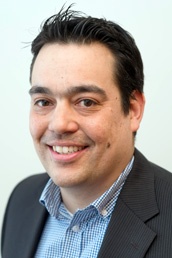In previous years, I attended Research and Results in Munich as a guest. This year, I was happy to present The Art of Bonsai Survey Design, one of many award winning papers from Jon Puleston, for Lightspeed GMI. The free entrance makes it possible for every market researcher to gain information and industry insights at Research & Results. And, every year it becomes more international, not just the exhibitors -- some lectures were presented in English with the option to wear a headphone and listen in German.
After presenting on the Bonsai Survey topic, we received some compelling feedback to brainstorm more in depth about how to shorten and optimize surveys for mobile and online in general. Attendees not only suggest improvements to our approach, but also like to share insights, including their experience in survey design improvements and outcomes. The question that surfaced over and over focused on survey chunking, an approach only a few tried themselves.
During our workshops, we tend to receive the most honest and thought-provoking feedback. People apply our insights directly in their own situation and share their learnings. We are sharing our Lightspeed GMI research, not trying to sell a product. Together, we blend our experiences and interlock learnings – bringing out valuable insights from an industry perspective.
During the conference, several industry topics covered most of the agenda: Data Processing, Survey Methods, Innovation Development, Customers, Brand/Image, Marketing Mix, Qualitative Research, Social Media (e.g. Web Monitoring, Blogs) and B2B Research. The Google workshop, which introduced their platform, was as popular as ever. The agenda was less about innovation and more about process improvements -- we all realize we can do so much more with our current research. This clarifies why Data Processing and Survey Methods workshops occupied the programme. The main priority stays the same for everyone, our fight against boring surveys. We need to keep on fighting and address how we can encourage and engage participants to actually stop and think on the questions before answering.




